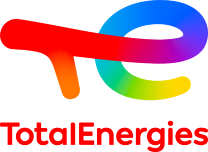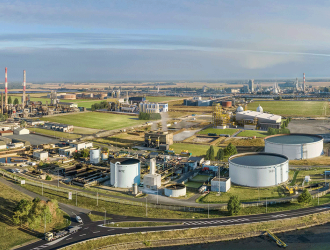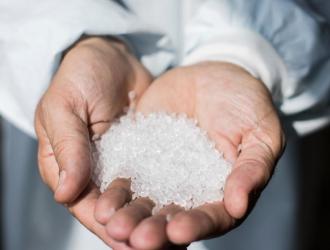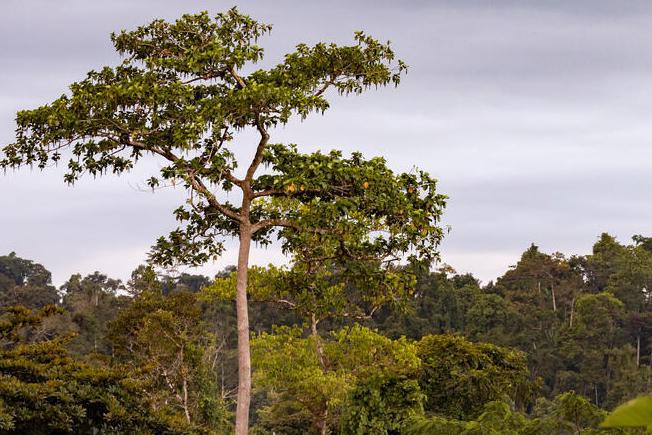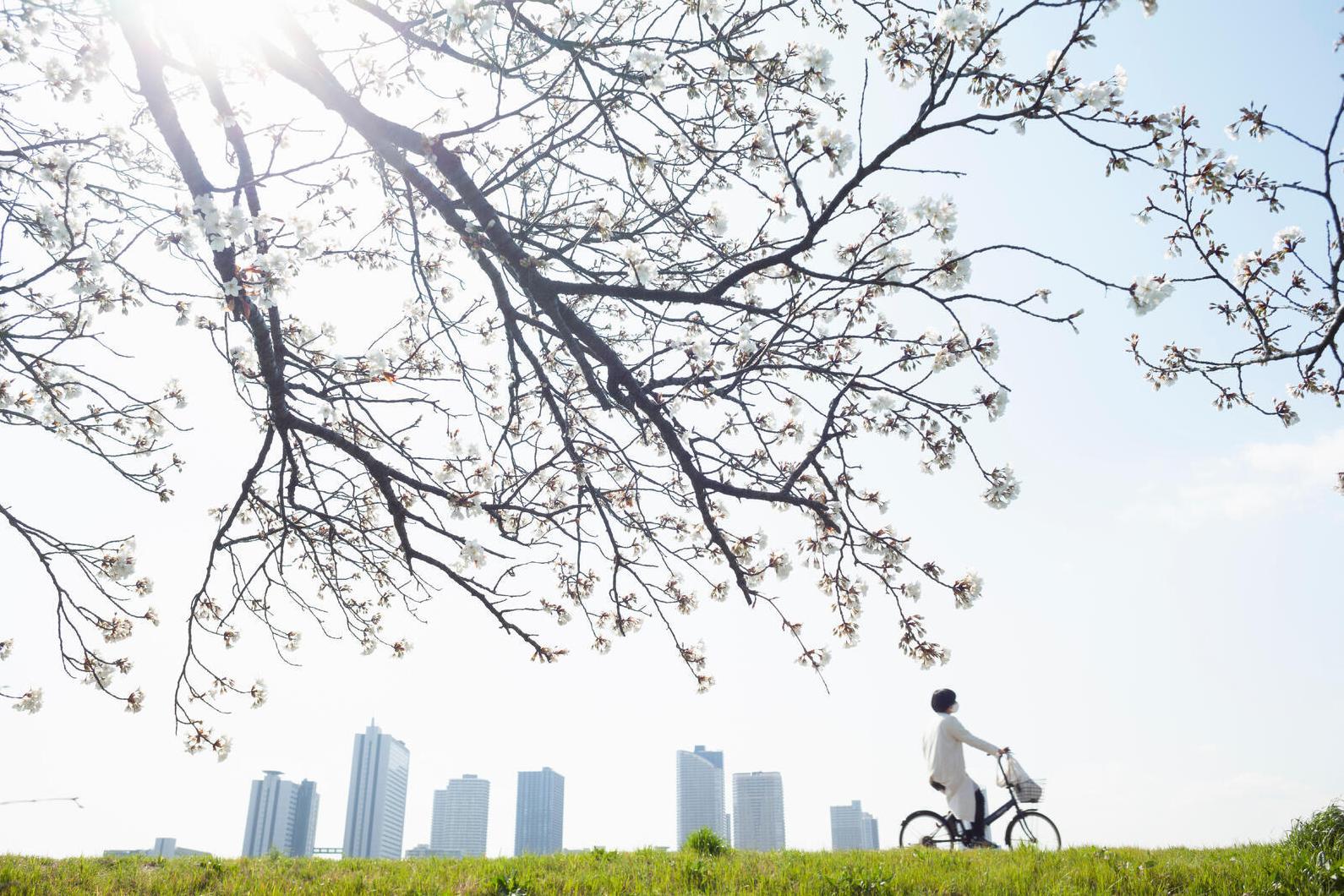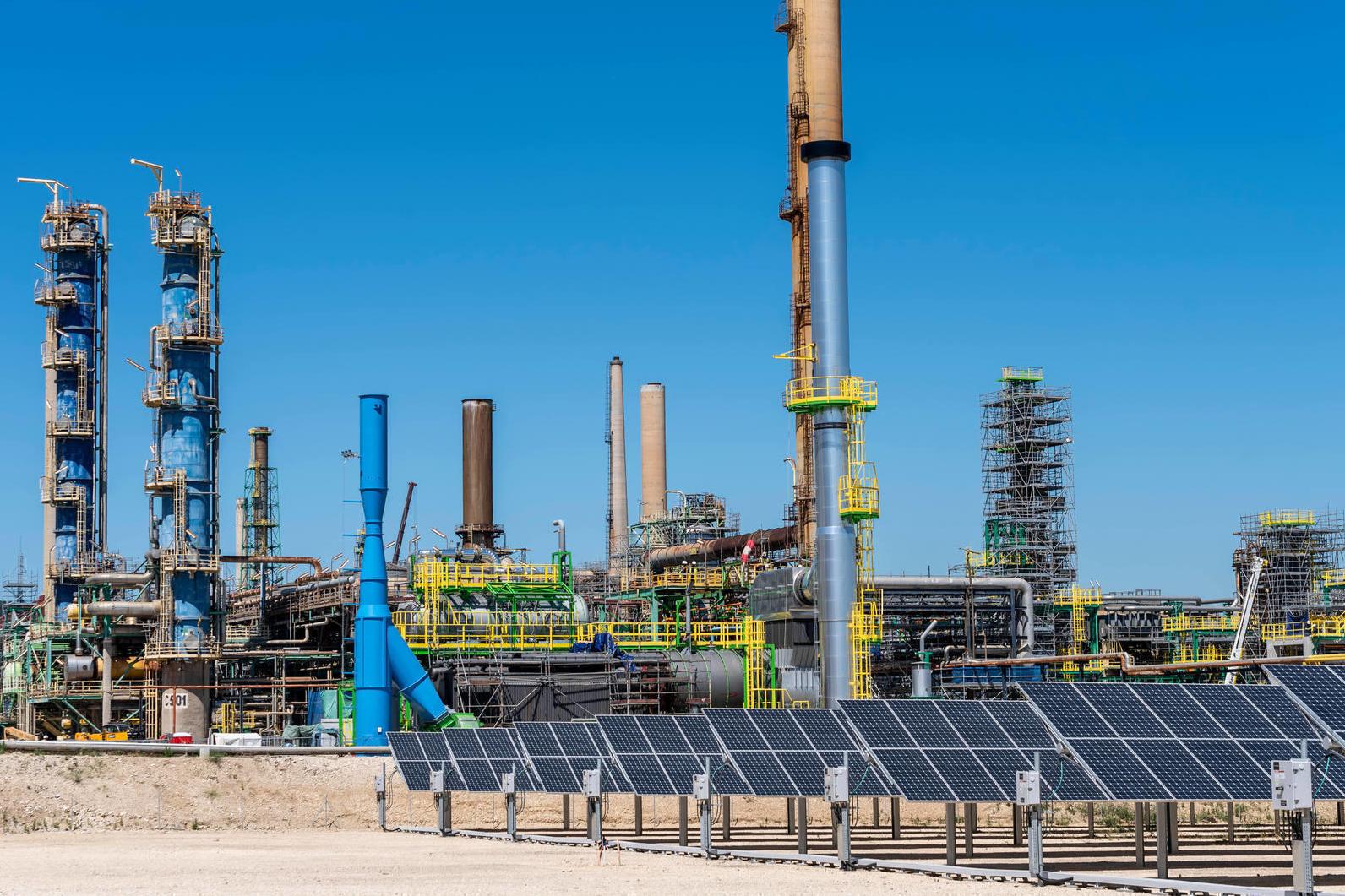The circular economy is an integral part of the transition strategy that TotalEnergies is pursuing to realize its ambition of becoming a world-class player in leading the energy transition and achieving carbon neutrality by 2050, together with society. By recycling and recovering waste, we help preserve natural resources, tackle waste-related pollution and reduce our greenhouse gas emissions. The Company is also drawing on the circular economy to develop its range of biofuels, biogases and bioplastics.
We are focusing on three key drivers to fast-track the development of this new resource-based economy, namely recover the waste produced at our sites, increase the proportion of waste and residues used to manufacture biofuels and biogases, and develop an array of recycled and bio-based polymers for our industrial customers.
